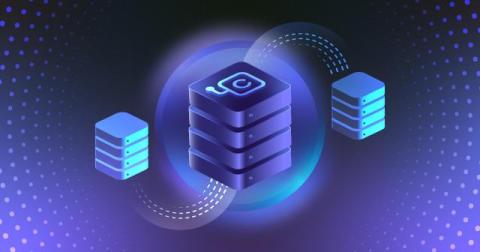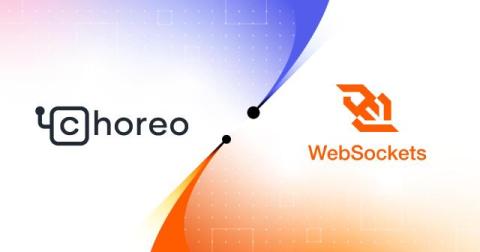Solving B2B Onboarding Challenges: Elevating User Experience with B2B Identity
In the digital age, we interact with countless applications, whether for personal, professional, or recreational purposes. Many of these applications appear consumer-oriented but are, in fact, B2B applications. By accessing healthcare services, payroll systems, or school management platforms, customers are using their provider's applications (such as GP or employer) which is a business customer of a larger B2B application. B2B applications form an integral part of daily operations across various industries.










